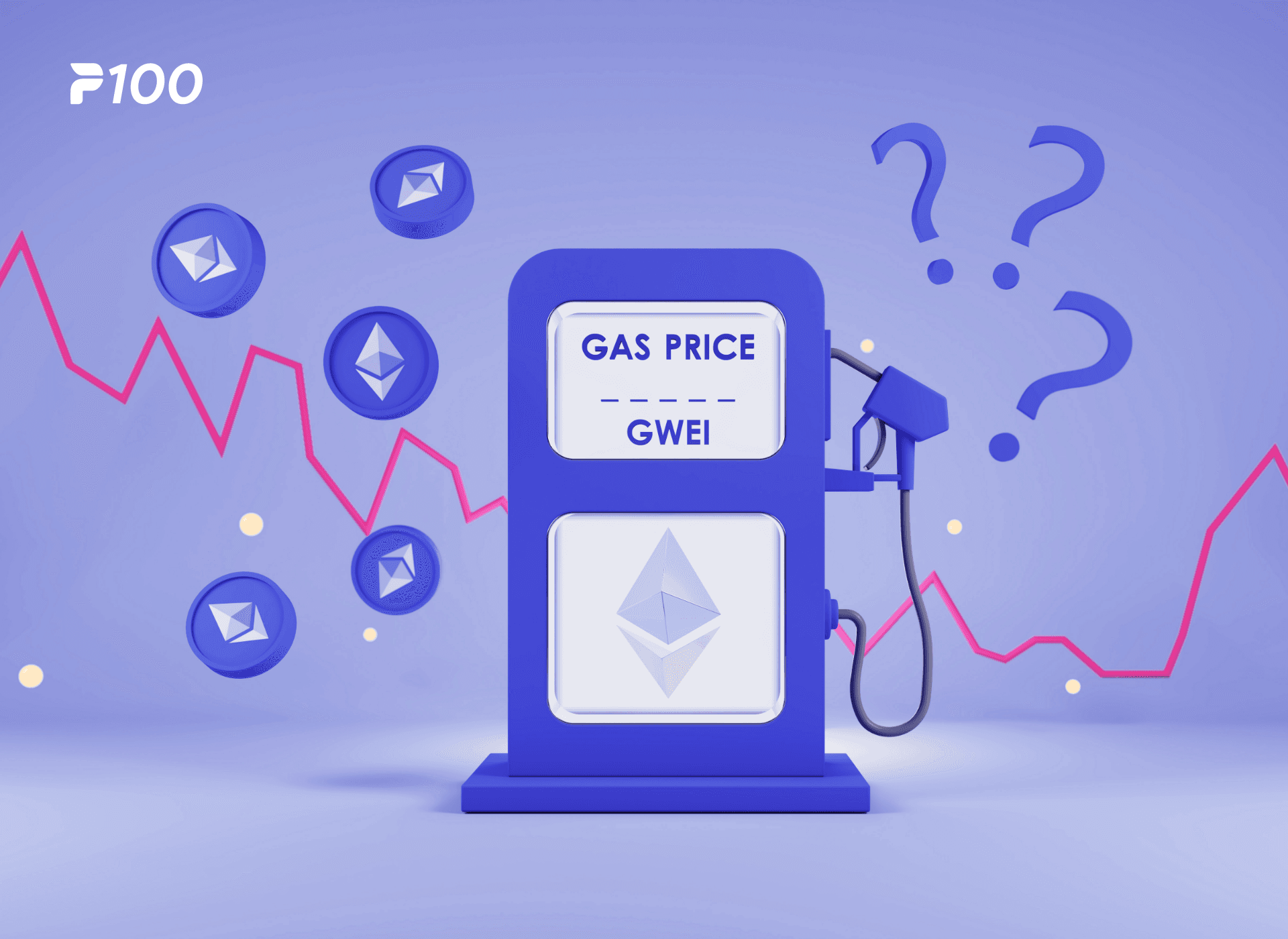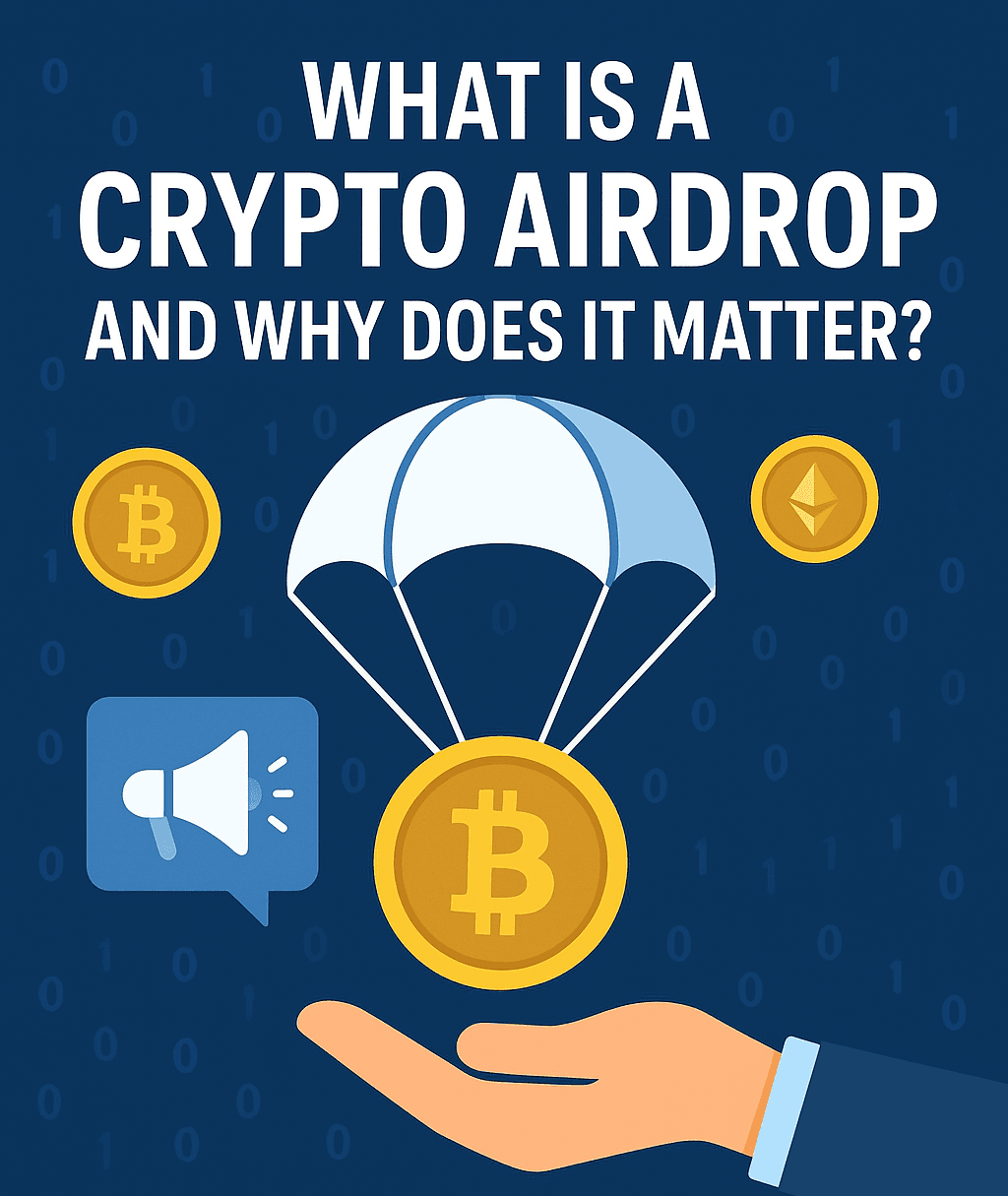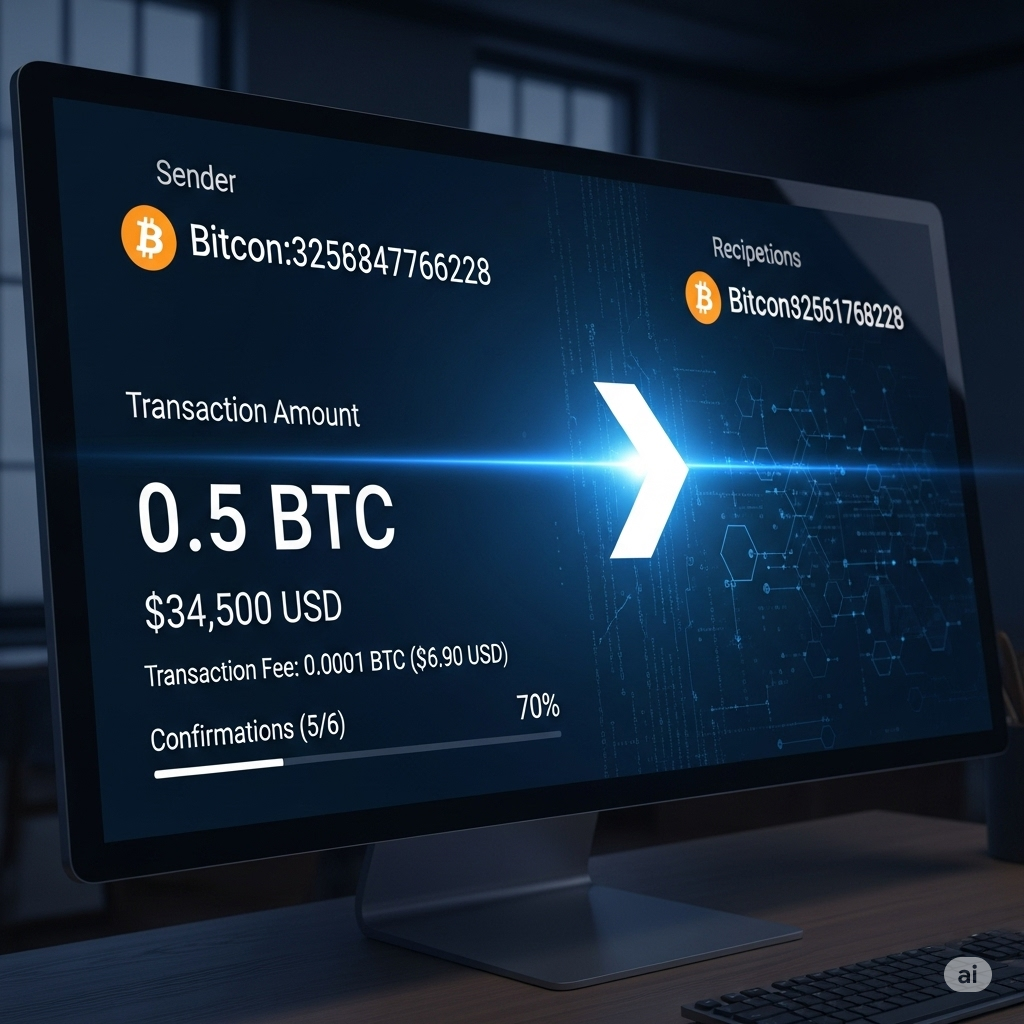Every 210,000 blocks, or about every four years, Bitcoin halving happens. This slows down the creation of new bitcoins and keeps the total number of coins at 21 million.
The Bitcoin ecosystem will still use the deflationary issuance plan in November 2025. This is what makes it different from regular fiat currencies. In April 2024, the most recent BTC halving, the block reward dropped from 6.25 BTC to 3.125 BTC.
This process makes sure that the number of coins that are released gets smaller over time, which makes them more valuable. If everything else stays the same, this can change how the market works, how miners make money, and how investors feel.
Whether you are a miner, an investor, or just interested in crypto, you need to know what is the Bitcoin halving, what halving meaning is, and how it fits into Bitcoin’s larger issuance plan and ecosystem in order to understand how it works economically and technically.
Bitcoin Halving Explained
What does bitcoin halving mean? Bitcoin halving is a built-in feature of the Bitcoin system that takes place every 210,000 blocks, or about four years. Its goal is to reduce miners’ rewards for verifying and adding new blocks to the chain in half, reducing bitcoin circulation and increasing scarcity.
Since the last halving in April 2024, the block reward has gone down from 6.25 BTC to 3.125 BTC. The next halving is likely to happen in March or April 2028, at which point the prize will likely drop to about 1.5625 BTC per block.
Over time, this process of halving will keep going until all 21 million bitcoins have been mined, which is expected to happen around the year 2140.
Bitcoin Halving Benefits and Drawbacks
Bitcoin halving is an important part of Bitcoin’s environment, but it also has some problems. It gives buyers long-term value and scarcity, but it can make it hard for miners and make Bitcoin’s price more volatile. Let us break it down:
Benefits of Bitcoin Halving
1. Scarcity and Increased Value
One of the best things about Bitcoin halving is that it can make things more scarce. Fewer bitcoins are put into circulation when the block reward for miners is dropped. Due to the rules of supply and demand, Bitcoin’s value usually goes up as it gets harder to get. In the past, price rises have happened after halvings, which attracted both individual and institutional investors.
2. Counteracting Inflation
The half of Bitcoin also helps lessen the effects of inflation. Central banks can print as many paper currencies as they want, but Bitcoin only has 21 million coins available at any given time. With fewer bitcoins available to mine, the halving event lowers the rate of inflation. This makes Bitcoin a better long-term investment.
It is important to note, though, that Bitcoin’s “inflation protection” feature does not shield users from price changes; the value of the currency still changes compared to cash.
3. Long-Term Store of Value
Bitcoin is becoming more and more known as a long-term business asset as it continues to go through halving events. With a limited quantity and mining rewards that keep going down, Bitcoin is setting itself up to be a deflationary asset that could see its value rise over time.
Drawbacks of Bitcoin Halving
1. Challenges for Miners
Halving Bitcoin is good for its long-term scarcity, but it makes things harder for miners right away. Miners get fewer bitcoins for doing the same amount of work because the benefits have lessened. As the benefits for mining go down, miners have to pay more to run their businesses, and it gets harder to compete.
The effects of halving are usually less felt by large-scale miners who can keep their mining facilities in good condition and update their equipment. Smaller mining operations, on the other hand, might find it hard to stay profitable, especially if the price of Bitcoin does not go up enough to make up for the lower payouts.
2. Increased Mining Costs
If the price of Bitcoin does not go up enough to make up for the lower block prize, mining will become less profitable after each halving. For many miners to keep making money, they have to buy better tools and expand their businesses. If the price of Bitcoin does not go up after the split, smaller mining businesses may have to shut down because they lost a lot of money.
3. Price Volatility
Another problem with half Bitcoin is that it makes the price of Bitcoin more volatile. A lot of the time, halving has led to price increases, but that does not mean that will happen again. The short-term price changes that happen after a halving can make buyers nervous, especially those who are new to the cryptocurrency market. External market factors, emotion, and speculative trading can all affect this volatility, which can make the market act in ways that are hard to predict.
Why the Bitcoin Halving Matters for Investors and the Market
Every 210,000 blocks, or about every four years, Bitcoin halves in half, which lowers the reward miners get for verifying transactions. The next halving will happen in April 2028. It will cut the Bitcoin supply even more, which usually makes the price go up.
Investors are usually interested in halvings because a smaller supply can make prices go up if demand stays the same or goes up. Bitcoin is becoming more popular as a way to protect against inflation and keep your money safe. This makes it appealing to both individual and institutional investors. When Bitcoin is harder to get, people tend to think it is worth more, which gets more media attention and public interest.
Not only does the halving change supply, it also raises demand. Price goes up because the market responds by giving out fewer bitcoins. Since there are only 21 million Bitcoins in circulation, the halving also helps keep inflation in check. There are only about 1 to 1.07 million bitcoins left to be mined in 2025.
Long-term investors can make money with halvings, but there are risks, like price changes. Prices usually go up after halving, but short-term changes can happen because of speculation. But the fact that Bitcoin is deflationary helps it keep its value over time.
How Bitcoin Halving Works and Its Mechanism
In order to understand how Bitcoin halving works, we must first understand how Bitcoin mining works.
A proof-of-work (PoW) system is what makes Bitcoin transfers valid. In this method, miners use computers or special mining rigs to figure out tricky cryptographic puzzles. This takes a lot of energy and computing power. When a puzzle is solved, miners check that the transactions in a block are valid and are paid with brand-new bitcoins. This step adds events to the blockchain and keeps the Bitcoin network safe.
Halving happens about every 210,000 blocks, or every four years. When there is a halving event, the reward miners get for confirming transactions is cut in half. The amount of new bitcoins going into circulation changes because of this event. This method for controlled inflation makes sure that there are no more than 21 million Bitcoin coins in circulation.
As of 2025, about 19.68 million Bitcoins have been mined, leaving only 1.32 million Bitcoins. Bitcoin is considered a deflationary asset because of how scarce it is due to Bitcoin halving meaning and design.
Timeline of Bitcoin Halving Events: Past and Present
When is bitcoin halving happening? Bitcoin halvings are important events that happen every four years or so. They lower the prize miners get for adding new blocks to the Bitcoin blockchain. These halves are very important for keeping Bitcoin scarce and controlling the supply. Here is a list of past and future Bitcoin half events:
- First Halving: November 28, 2012: The initial halving cut block rewards from 50 to 25 BTC.
- Second Halving: July 9, 2016: The reward dropped from 25 BTC per block to 12.5 BTC after the second halving.
- Third Halving: May 11, 2020: The reward dropped from 12.5 BTC per block to 6.25 BTC after the third halving.
- Fourth Halving: April 20, 2024 (Projected): The reward for each block will likely drop from 6.25 BTC to 3.125 BTC after the fourth split.
- Next (Fifth) Halving: Projected March/April 2028: According to estimates, the fifth halving will bring the block reward down to 1.5625 BTC per block.
Each halving event is an important part of keeping Bitcoin’s scarcity and giving miners new problems to solve. As rewards cut in half, miners have to find a balance between rising costs and falling benefits. This leads to the idea that the price of Bitcoin on the market needs to go up so that miners can continue to make money.
When Will the Next Bitcoin Halving Take Place?
It has been three halvings since November 2025:
- For the first time, on November 28, 2012, the block reward went down from 50 BTC to 25 BTC.
- The reward went from 25 BTC to 12.5 BTC in the second halving, which happened on July 9, 2016.
- The reward went from 12.5 BTC to 6.25 BTC on May 11, 2020, when it was “third-halved.”
There will likely be another Bitcoin next halving in April 2028, most likely in the third week of that month. At that time, the block prize will drop to 3.125 BTC per block. Since Bitcoin blocks are mined every 10 minutes, this halving event will have a big effect on how quickly new bitcoins are put into circulation. This will make Bitcoin even more scarce.
How Bitcoin Halving Impacts Price and Market Dynamics
There has been a history of big price jumps and changes in the way the market works after Bitcoin halves. This usually starts a rising cycle in the whole crypto market. The main reason for this is that fewer new bitcoins are entering circulation, which makes the supply small while demand stays the same or rises.
Price Surge Following Halving Events
With each halving event, the block payout for miners goes down, which slows down the creation of new bitcoins. Because of this, there is less supply, and in the past, prices have gone up after this happened. As seen in earlier cycles, Bitcoin’s price tends to go up in the months before the halving, and it may continue to go up after the halving as the market gets used to the new supply dynamics. By looking at this trend, it seems that halvings help push prices up.
Market Dynamics and Miner Behavior
How Long Does It Take to Mine One Bitcoin? Bitcoin works in a market that is very complicated and has more going on than just half. In the short term, halvings make mining less profitable because they lower the payout for miners. However, they also attract more investors and speculative demand. In turn, this can make up for the lower supply by bringing in more buyers and big investors.
However, there is a worry for mines. Miners may have a hard time with rising costs as benefits go down, especially for mining methods that use a lot of energy. Smaller miners might have to leave the network because of this, which would lower the hash rate across the whole network. Over time, miners must change by either engaging in technologies that use less energy or making their mining more efficient in order to stay competitive.
Long-Term Effects on Bitcoin’s Energy Consumption
It is interesting that lowering block rewards might also be good for Bitcoin’s environmental impact. As rewards go down, miners will have to buy mining gear that uses less energy to keep making money. This trend is making miners look for more environmentally friendly ways to do things, which can make Bitcoin mining less harmful to the environment generally.
Other Key Factors Influencing Bitcoin Halving Outcomes
In addition to causing price drops and market instability, Bitcoin halving is a key part of keeping Bitcoin’s most important feature: scarcity. One big reason Bitcoin is valuable in a world system that is becoming less stable is that it is hard to get. Even though halving events can be hard for miners, they help Bitcoin’s deflationary nature, which makes it a good investment for the long run.
Scarcity and Bitcoin’s Value
Even though Bitcoin halving affects market changes, it is very important for keeping Bitcoin’s scarcity, which is one of its main benefits. As mining rewards drop with each halving, fewer new coins join circulation. This makes Bitcoin an asset that reduces the value of money. This lack of supply is one of the main reasons Bitcoin is valuable, especially when the economy is unclear.
Global Economic Shifts and Bitcoin’s Role
The halving of Bitcoin takes place at a time when markets around the world are dealing with inflation and instability. As they search for stability, investors frequently compare cryptocurrency vs fiat currency. The limited quantity of Bitcoin and its deflationary nature make it a good way to protect against inflation.
Institutions are investing in What Is Bitcoin ETF? structures. Bitcoin ETFs let institutions and ordinary investors acquire Bitcoin exposure without holding coins directly.
Media Coverage and Public Awareness
The attention of the media has a big effect on how Bitcoin halvings turn out. Bitcoin knowledge and interest rise with media coverage, notably before and after halving events. This rise in popularity could lead to more widespread use and a rise in Bitcoin’s price as new buyers enter the market.
Institutional Involvement and Investor Interest
As Bitcoin’s value and importance continue to rise, institutions have become much more involved. Now, big businesses and banks are looking into how they can add Bitcoin to their investments. This attention from institutions is a big reason why Bitcoin’s value will keep going up over time, especially as it becomes more integrated into the wider financial system.
FAQs
What if you put $1000 in Bitcoin 5 years ago?
If you invested $1,000 into Bitcoin in November 2020, when it was worth about $18,000, it would be worth over $5,700 by November 2025, when it was worth between $103,000 and $105,000.
Does Bitcoin halving the price increase?
Halving the quantity of Bitcoin has caused prices to rise in the past, but this may not happen again. Conditions in the market and desire are also very important.
Should I buy Bitcoin before halving?
Historically, buying before halving has been a good way to make money, but Bitcoin’s price changes a lot. Consider your risk tolerance and market conditions before you buy crypto with credit card or other means.
How many Bitcoin halvings are left?
The fourth halving happened in April 2024. About 60 more halvings are likely to happen before the last bitcoin is mined in around 2140.





